Researchers achieved high-vacuum levitation of a silica nanoparticle on a photonic-electric chip, revolutionizing nanotechnology.


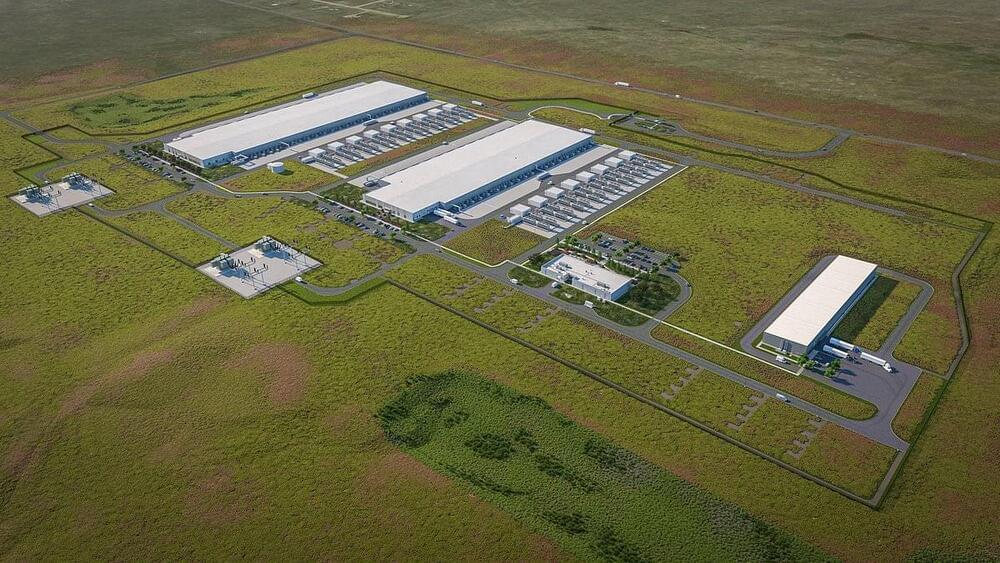
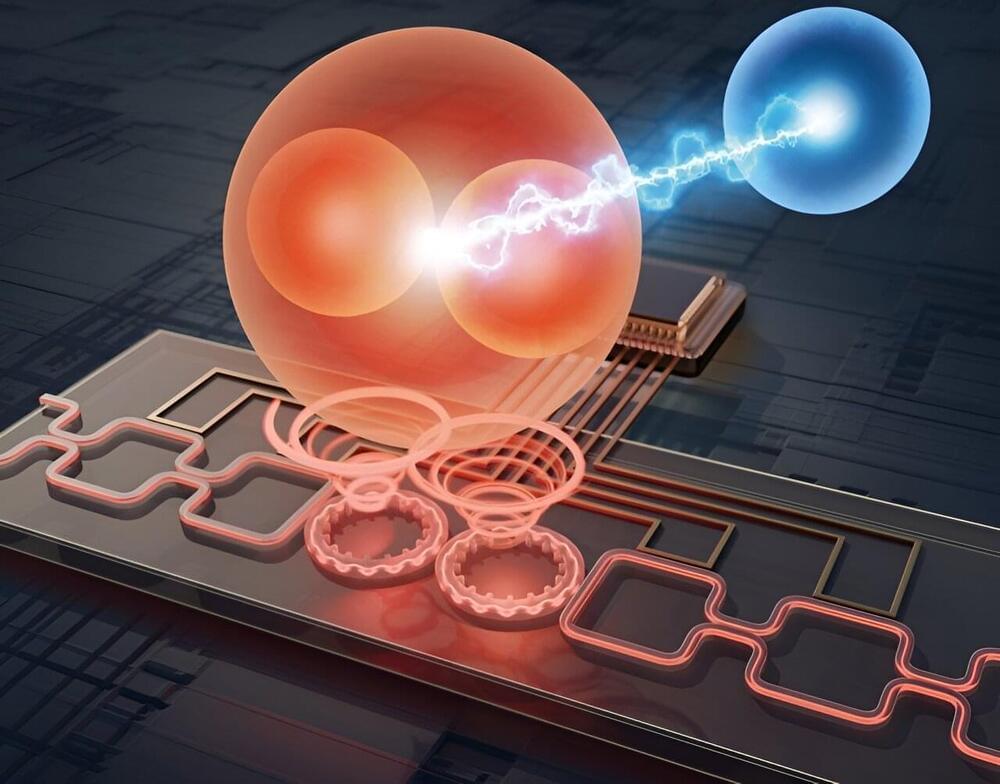
Scientists have made a significant breakthrough in creating a new method for transmitting quantum information using particles of light called qudits. These qudits promise a future quantum internet that is both secure and powerful. The study is published in the journal eLight.
Traditionally, quantum information is encoded on qubits, which can exist in a state of 0, 1, or both at the same time (superposition). This quality makes them ideal for complex calculations but limits the amount of data they can carry in communication. Conversely, qudits can encode information in higher dimensions, transmitting more data in a single go.
The new technique harnesses two properties of light—spatial mode and polarization—to create four-dimensional qudits. These qudits are built on a special chip that allows for precise manipulation. This manipulation translates to faster data transfer rates and increased resistance to errors compared to conventional methods.
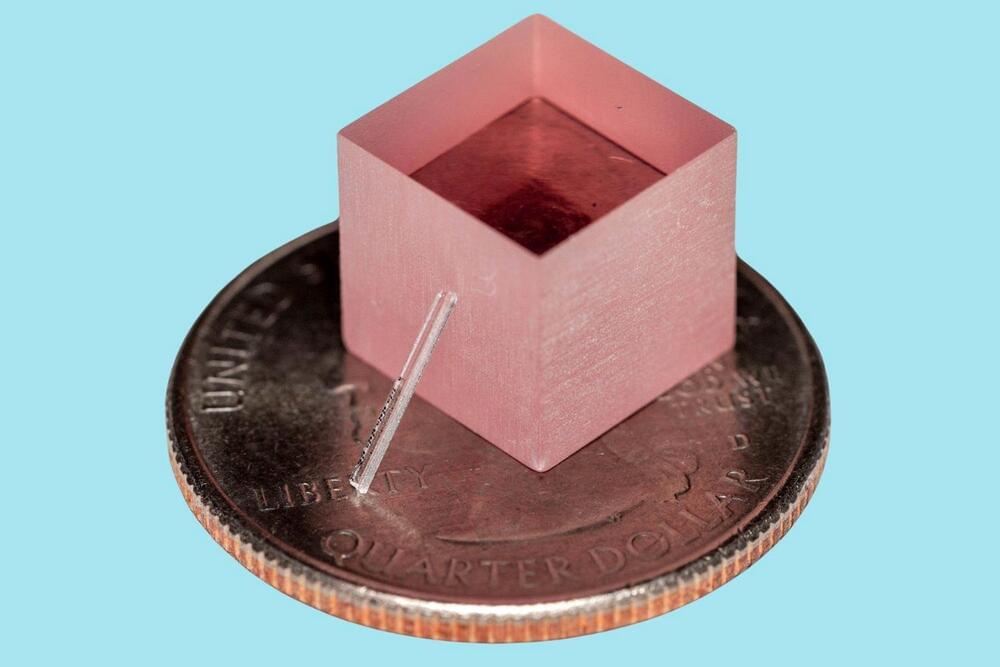
In a single leap from tabletop to the microscale, engineers at Stanford University have produced the world’s first practical titanium-sapphire laser on a chip.
Researchers have developed a chip-scale Titanium-sapphire laser that is significantly smaller and less expensive than traditional models, making it accessible for broader applications in quantum optics, neuroscience, and other fields. This new technology is expected to enable labs to have hundreds of these powerful lasers on a single chip, fueled by a simple green laser pointer.
As lasers go, those made of Titanium-sapphire (Ti: sapphire) are considered to have “unmatched” performance. They are indispensable in many fields, including cutting-edge quantum optics, spectroscopy, and neuroscience. But that performance comes at a steep price. Ti: sapphire lasers are big, on the order of cubic feet in volume. They are expensive, costing hundreds of thousands of dollars each. And they require other high-powered lasers, themselves costing $30,000 each, to supply them with enough energy to function.

Recent research has advanced the development of electron-on-solid-neon qubits, revealing key insights that improve quantum computing by extending qubit coherence times and optimizing their design.
Quantum computers have the potential to be revolutionary tools for their ability to perform calculations that would take classical computers many years to resolve.
But to make an effective quantum computer, you need a reliable quantum bit, or qubit, that can exist in a simultaneous 0 or 1 state for a sufficiently long period, known as its coherence time.
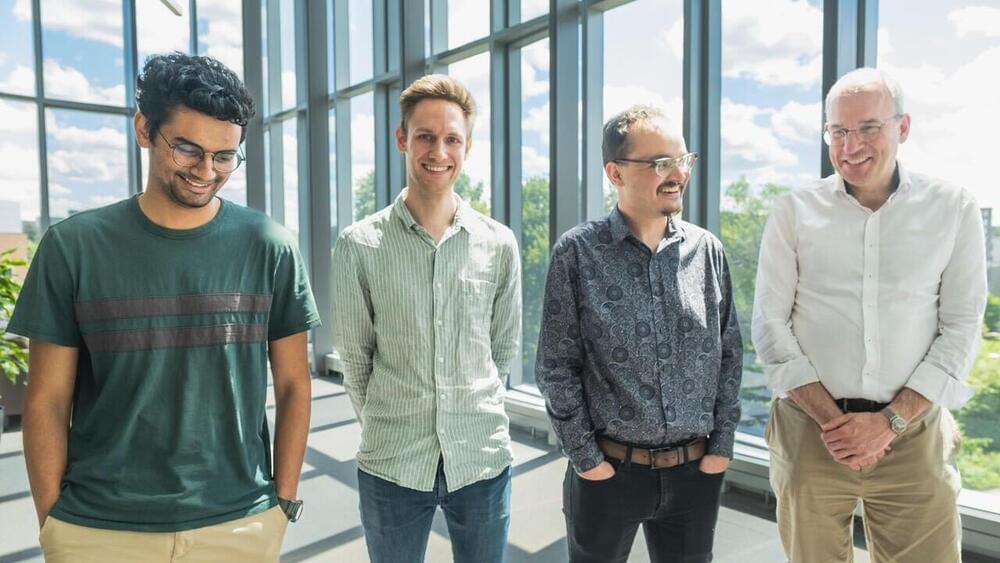
Accurate models of real-world scenarios are important for bringing theoretical and experimental research together in meaningful ways. Creating these realistic computer models, however, is a very large undertaking. Significant amounts of data, code, and expertise across a wide range of intricate areas are needed to create useful and comprehensive software.
Dr. Norbert Lütkenhaus, executive director of the Institute for Quantum Computing (IQC) and a professor in the University of Waterloo’s Department of Physics and Astronomy, alongside his research group, have spent the last several years developing accurate software models for research in quantum key distribution (QKD).
QKD is a process for cryptography that harnesses fundamental principles of quantum mechanics to exchange secret keys, which can then be used to ensure secure communication.
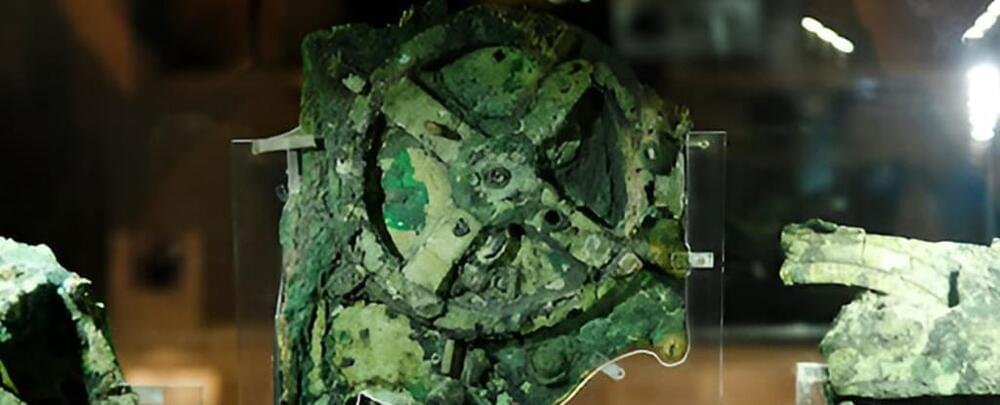
Little more than a handful of corroded bronze wheels and heavily encrusted gears now remains of the ancient artifact called the Antikythera mechanism, leaving archaeologists to speculate over its functionality and purpose.
After decades of study, it’s largely agreed that the millennia-old device was something of an analog computer capable of keeping track of celestial movements. Yet with only fractured fragments to go by, researchers can only guess at the more intricate methods of its operation.
Researchers from the University of Glasgow in the UK have now used statistical modeling techniques borrowed from the study of gravitational waves to extrapolate missing details of a critical dial on Antikythera mechanism.
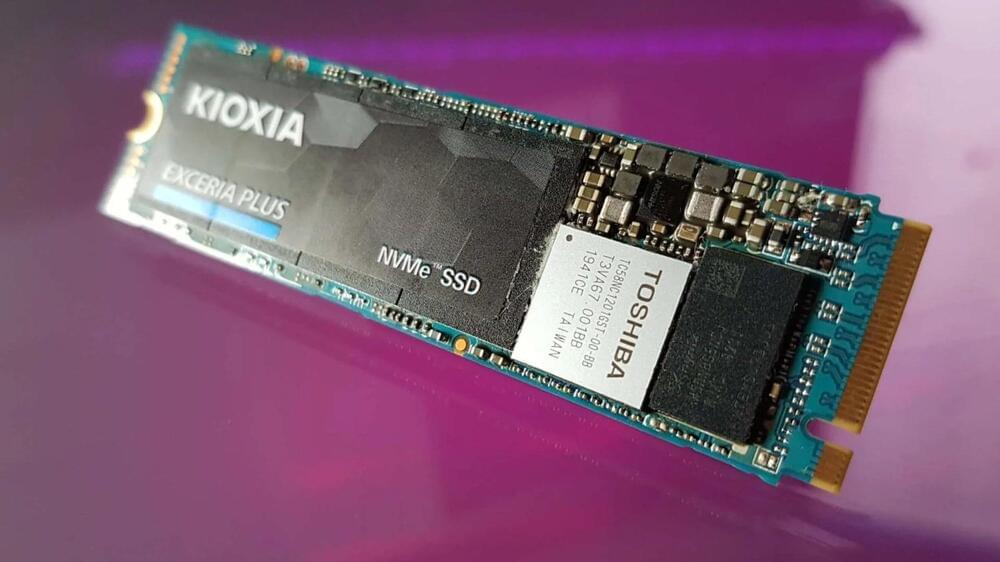
Randomly found on my hard drive.
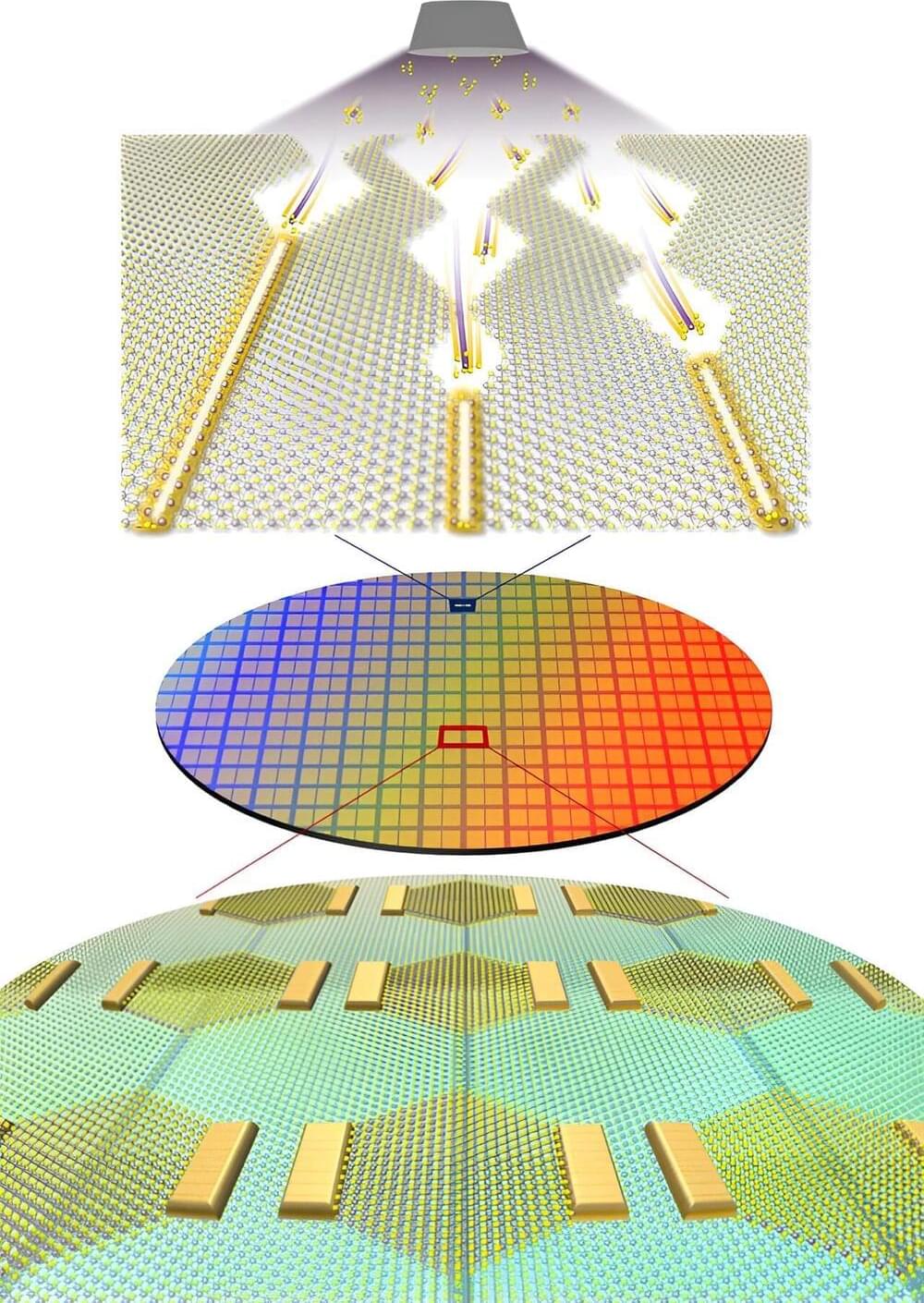
A research team led by Director Jo Moon-Ho of the Center for Van der Waals Quantum Solids within the Institute for Basic Science (IBS) has implemented a novel method to achieve epitaxial growth of 1D metallic materials with a width of less than 1 nm. The group applied this process to develop a new structure for 2D semiconductor logic circuits. Notably, they used the 1D metals as a gate electrode of the ultra-miniaturized transistor.
This research appears in Nature Nanotechnology.
Integrated devices based on two-dimensional (2D) semiconductors, which exhibit excellent properties even at the ultimate limit of material thickness down to the atomic scale, are a major focus of basic and applied research worldwide. However, realizing such ultra-miniaturized transistor devices that can control the electron movement within a few nanometers, let alone developing the manufacturing process for these integrated circuits, has been met with significant technical challenges.